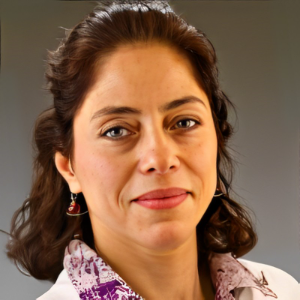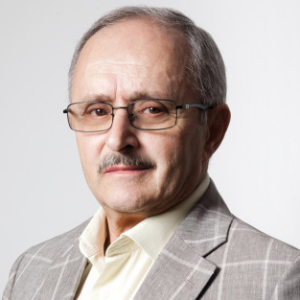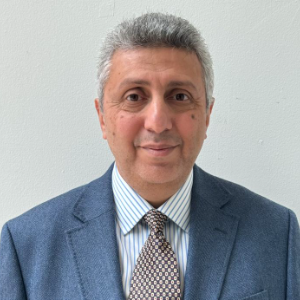Blastocyst
A blastocyst is an early-stage embryo, typically made up of between 70 and 100 cells, that forms during the fifth or sixth day after fertilization. It is a ball of cells that will eventually develop into an embryo and later a baby. The blastocyst consists of two parts, the inner cell mass and the trophoblast. The inner cell mass will eventually become the fetus, while the trophoblast will form the placenta. The blastocyst is a necessary step in the development of a baby. It is the point at which the embryo differentiates into the two main parts that will be the fetus and the placenta. It is also the point at which the embryo implants itself into the wall of the uterus and begins to receive nourishment from the mother. During the blastocyst stage, the embryo is still very fragile and prone to damage from environmental factors. Therefore, it is important for a woman to maintain a healthy lifestyle and avoid any potentially harmful activities during this stage. This will help ensure the health of the developing baby. Once the blastocyst stage is complete, the embryo will continue to develop into a fetus.

Neda Zarrin-Khameh
Baylor College of Medicine, United States
Marlen Sulamanidze
Total Charm Clinic, Georgia
Mohamed M Hosni
London North West University Healthcare NHS Trust, United Kingdom
Neda Zarrin-Khameh
Baylor College of Medicine, United States
Marlen Sulamanidze
Total Charm Clinic, Georgia
Mohamed M Hosni
London North West University Healthcare NHS Trust, United Kingdom




Title : Evaluate the changes in SP-D levels in plasma during different phases of the menstrual cycle recruited from the Well- Adult Surfactant Protein Study (WASP)
Natnicha Kitti udom, University College London, Thailand
Title : Synergistic antifibrotic potential of protocatechuic acid and D-Carvone in liver protection
Ling Yin, Hefei Comprehensive National Science Center, China
Title : Pathologic findings in women with atypical glandular cells on Pap test
Neda Zarrin-Khameh, Baylor College of Medicine, United States
Title : Non-ablative radiofrequency for pelvic floor dysfunction and female intimate anti-aging: a 6-month prospective multi-centre cohort objectiv
Shaadaiti Wufuer, First Affiliated Hospital of Xinjiang Medical University, China
Title : Benign gynecological conditions and lifetime contraceptive patterns: a population-based analysis of the 2022–2023 national survey of family growth
Mayi Gnofam, Stony Brook University, United States
Title : Hysteroscopic endometrial resection with resectoscope versus Novasure ablation: A look at patient satisfaction with treatment of abnormal uterine bleeding and rates of progression to hysterectomy
Genevieve Kan, West Gippsland Healthcare Group, Australia